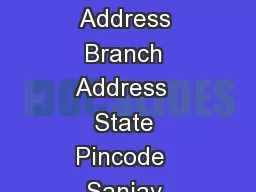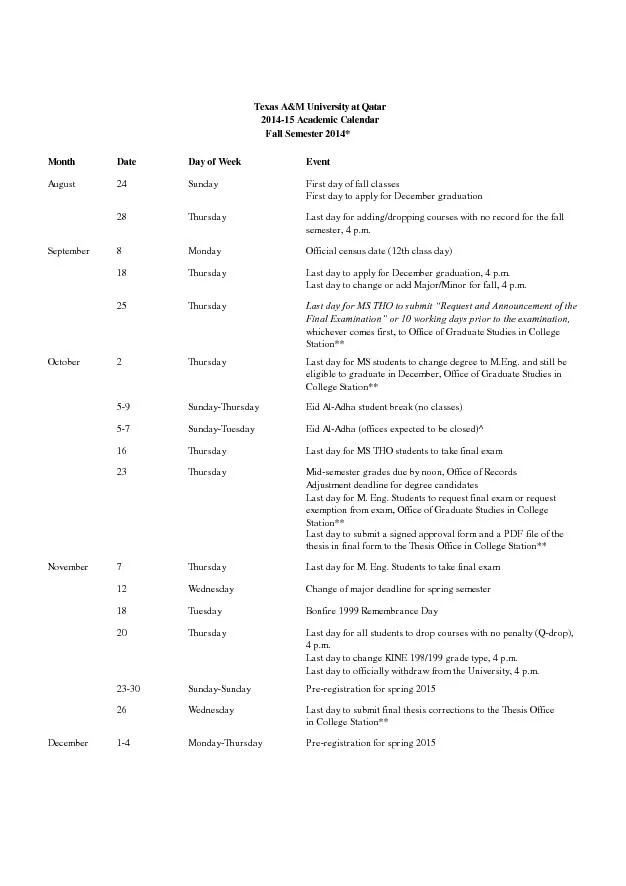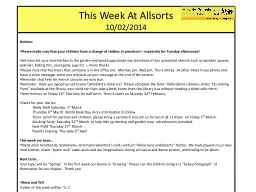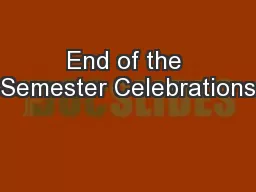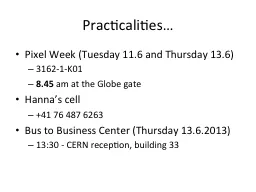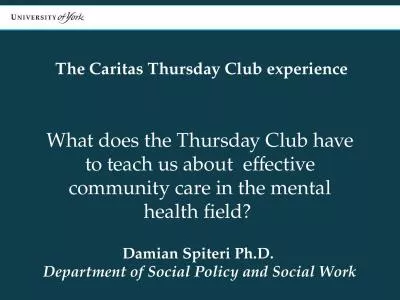PPT-Thursday luncheon address
Author : lindy-dunigan | Published Date : 2016-06-16
45 th CCAS Annual Meeting November 12 2010 Dr Carolyn Jarmon National Center for Academic Transformation IMPROVING LEARNING AND REDUCING COSTS The Case for Course
Presentation Embed Code
Download Presentation
Download Presentation The PPT/PDF document "Thursday luncheon address" is the property of its rightful owner. Permission is granted to download and print the materials on this website for personal, non-commercial use only, and to display it on your personal computer provided you do not modify the materials and that you retain all copyright notices contained in the materials. By downloading content from our website, you accept the terms of this agreement.
Thursday luncheon address: Transcript
Download Rules Of Document
"Thursday luncheon address"The content belongs to its owner. You may download and print it for personal use, without modification, and keep all copyright notices. By downloading, you agree to these terms.
Related Documents


